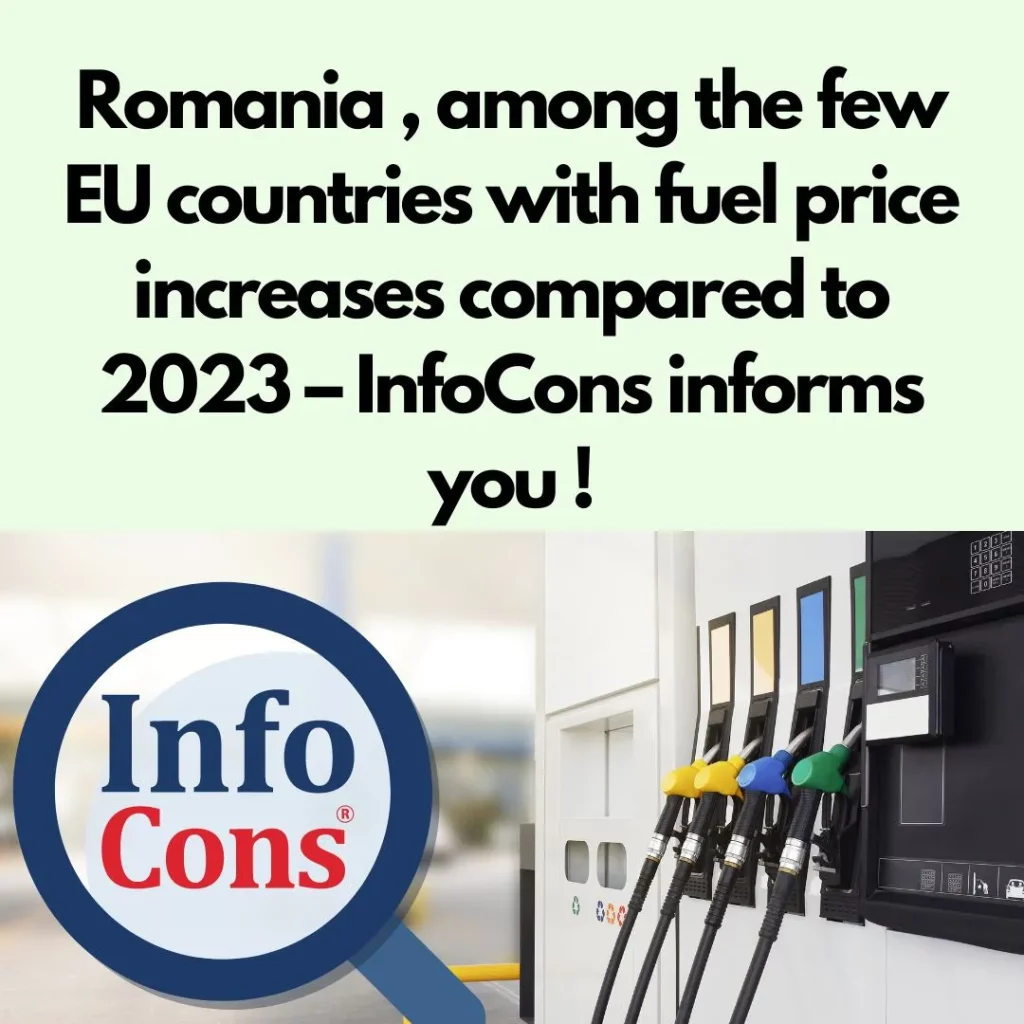
Since 2020, fuel and lubricant prices for personal transport in the EU have fluctuated significantly. In May 2020, annual inflation rates dropped to -19.5%, but by 2021, they had started to climb sharply, reaching +33.4% by November. The highest inflation rate occurred in June 2022, with a peak of +39.2%, before beginning to slow down and eventually becoming negative in 2023.
By June 2023, fuel and lubricant inflation had dropped to -15.7%, and recent months have seen less extreme fluctuations, with smaller monthly changes. In August 2024, fuel and lubricant prices were 6.1% lower compared to the same month in 2023.
Focusing on diesel and petrol, August 2024 data shows a year-on-year drop of 7.4% for diesel and 5.5% for petrol. The highest price surges were recorded in June 2022, with diesel prices increasing by 45.2% and petrol by 35.7%. Although petrol prices generally rose faster than diesel, between September 2021 and March 2023, diesel prices saw steeper increases. However, starting from March 2023, diesel price growth slowed compared to petrol, though this trend reversed in June, July, and August 2024.
Most EU countries reported negative inflation for fuel and lubricants. In August 2024, 24 EU member states reported year-on-year price decreases. Sweden saw the largest drop at -20.7%, followed by Belgium (-8.9%) and Slovakia (-8.4%). At the other end of the spectrum, Slovenia (-2.0%) and Poland (-1.7%) experienced the smallest declines. Malta’s prices remained stable, while Romania (+2.4%) and Ireland (+4.0%) saw increases in their annual rates.

Source: Eurostat
InfoCons – European Organization for Consumer Protection and Promotion of Programs and Strategies , a full member of the World Organization Consumers International , founding member of the Federation of Consumer Associations , and member of ANEC .